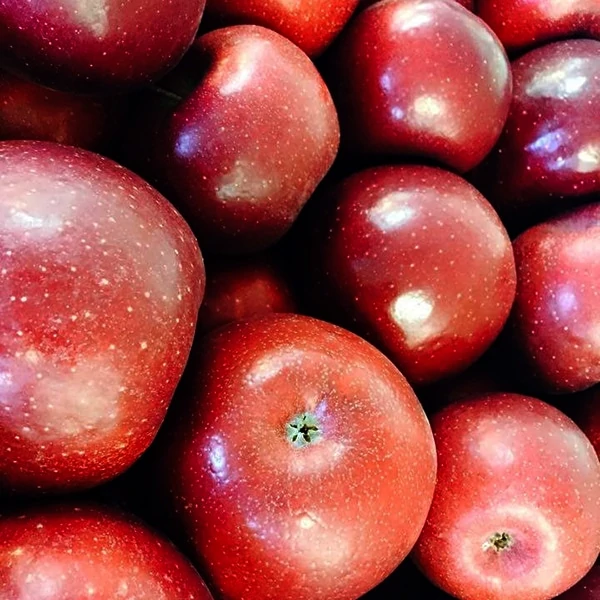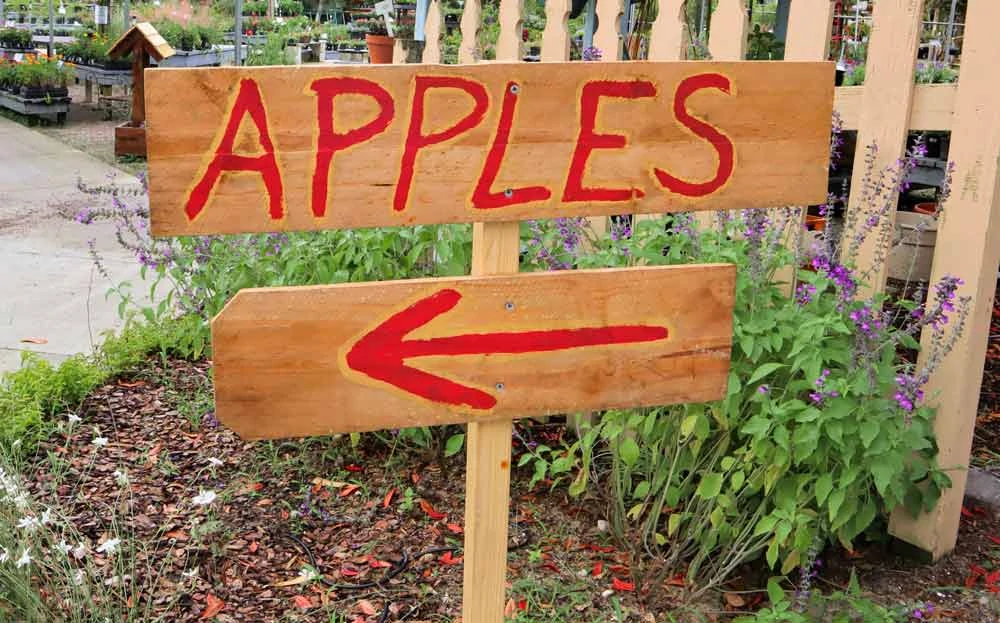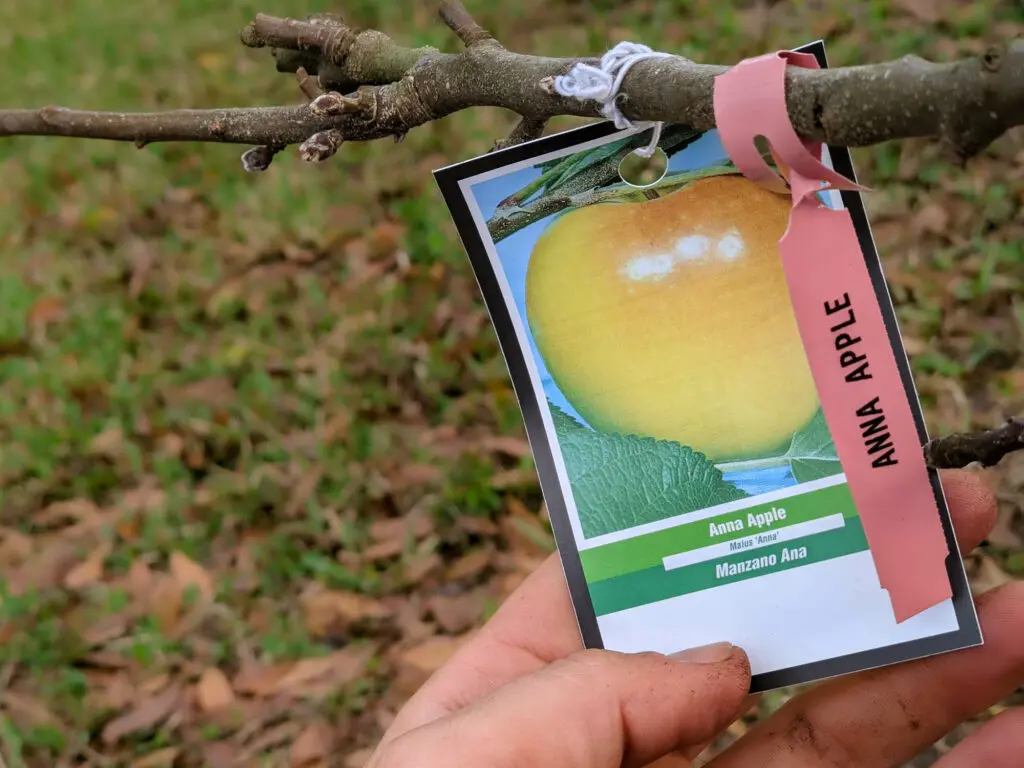by Amanda Rose Newton
The last week of July marks the start of email inboxes flooded with back-to-school sales and summer will be over before we know it.
For many Floridians, it’s past due! Sweltering record-breaking temperatures across the world have everyone ready for cooler evenings, pumpkin spice everything, and excuses to pre-shop for Halloween costumes.

Apples are ubiquitous during back-to-school and the fall season. Despite being an American icon, apples are not native to the United States. In fact, that goes for the whole continent!
Americans have famously created many of the varieties we know and love in the grocery store, such as the Braeburn, Johnathon, and the Cortland.
Many regions are particularly proud of the apple varieties they are known for and it’s always worth a stop at a local orchard for a taste of something different (as well as an apple cider donut or two)
Apples require chill hours in order to produce the beautiful fruit we know and love and unfortunately for Southerners, that means they can be tricky to grow here. Thanks to local Universities, we now have a few varieties that can be grown with varying success right here in Brevard county.
How To Plant an Apple Tree
For best production, use the buddy system and plant multiple to ensure cross-pollination.
Prepare a hole twice the size of the pot and make sure it will be sitting at about the same height once planted.
Now is a great time to add organic matter (compost) to the existing soil in your yard, which apple trees appreciate. Make sure you water well once planted and continue to give it a quick drink every day the first week, then subtract a day each week until you hit the twice-a-week stride.

Apples bloom and ripen during a rather large window, from August through late November, so you will likely end up extending your season if you choose appropriately. Looking up ripening calendars is a fun practice if you are interested in knowing which variety is likely to be in season at the store. Honeycrisp apple fans, August is your month!
Maintaining Your Apple Tree
Once established, apple trees in Florida do not have the same pest pressure that they have up north. You will still have to fight for the fruit with your backyard fauna but there should be plenty to go around. Apples do not require heavy fertilization and respond well to a spray of Liquid Seaweed or fish emulsion about once a month when they are young. Once mature, just twice a year is fine, or when they seem like they could use a boost.
Apple Chill Hour Requirements
Here is where apples get tricky! The minimum chill hours are usually way more than we can provide. Chill hours are the total number of hours below 45 degrees, which we are lucky to not have too often. Apples rely on this to break bud dormancy and start revving up for Spring flowering.
Florida-Friendly Apple Varieties
Anna Apple
The most popular of the apples, it resembles and tastes like the familiar grocery store Gala apple.

It bears fruit in 2-5 years and ripens in July. Requiring 150 chill hours, this tree is also self-pollinating. If you can not have a whole orchard, you can still get fruit with just one Anna!
Dorsett Apple
The Dorsett, which is my personal favorite, is like a better-tasting Golden Delicious apple.
It has an attractive pink blush on top of the normal golden hue and has a crisp texture and taste. It requires the same number of chill hours as Anna but is not self-pollinating.
Tropic Sweet
Designed for Florida yards, this apple is green-skinned and very sweet. Folks describe the taste to be akin to the Northern Johnathan apple with a sweet bite. It also requires pollination and needs 150 chill hours.
Ein Shemer
This tree produces a smaller apple with yellow skin and a sweet-tart taste. The minimum chill requirement is a bit longer, at 200-300 hours. This is best suited for Northern Brevard yards.


